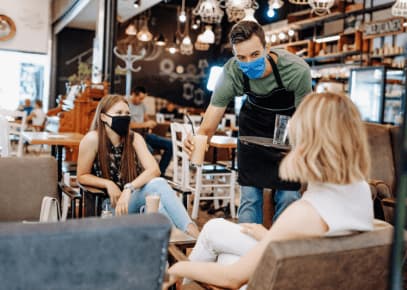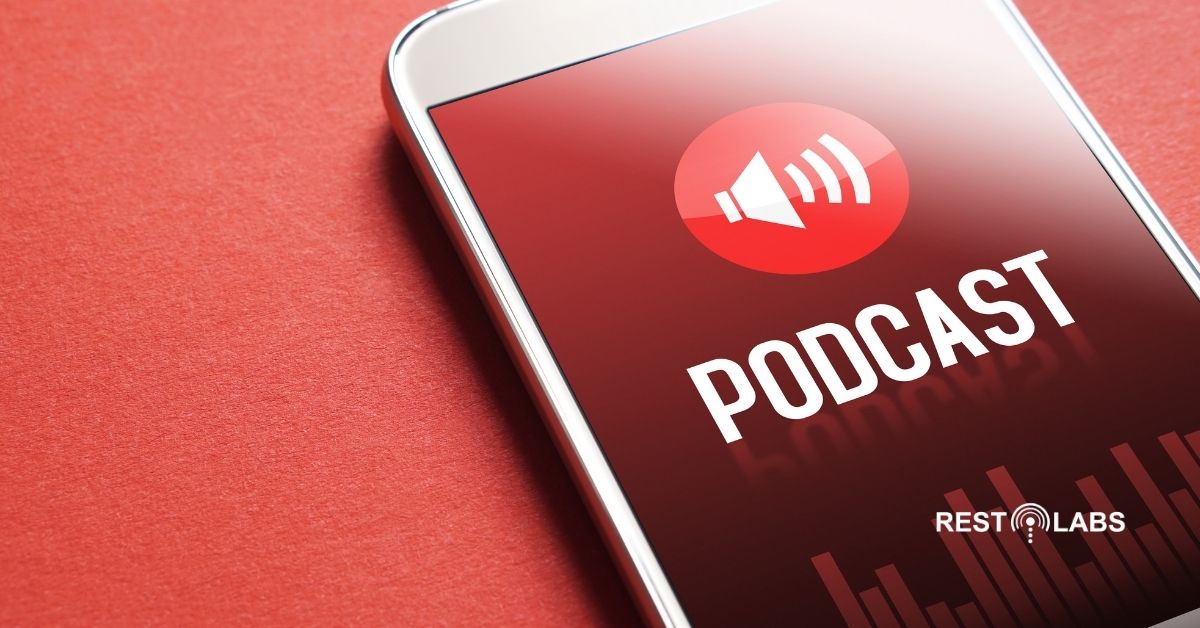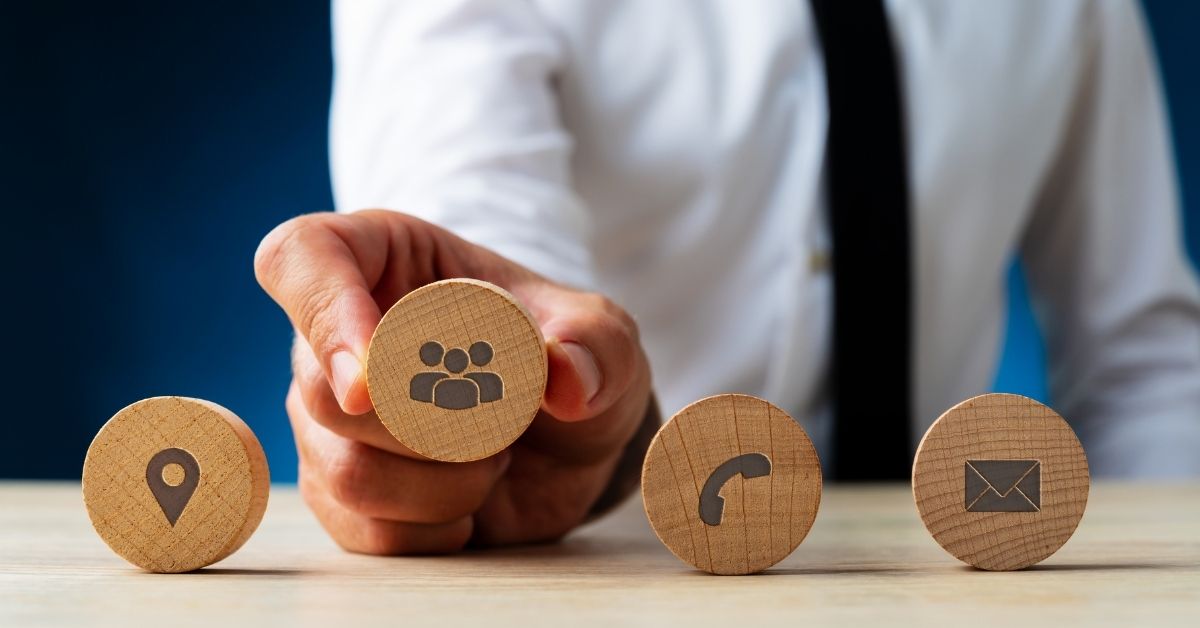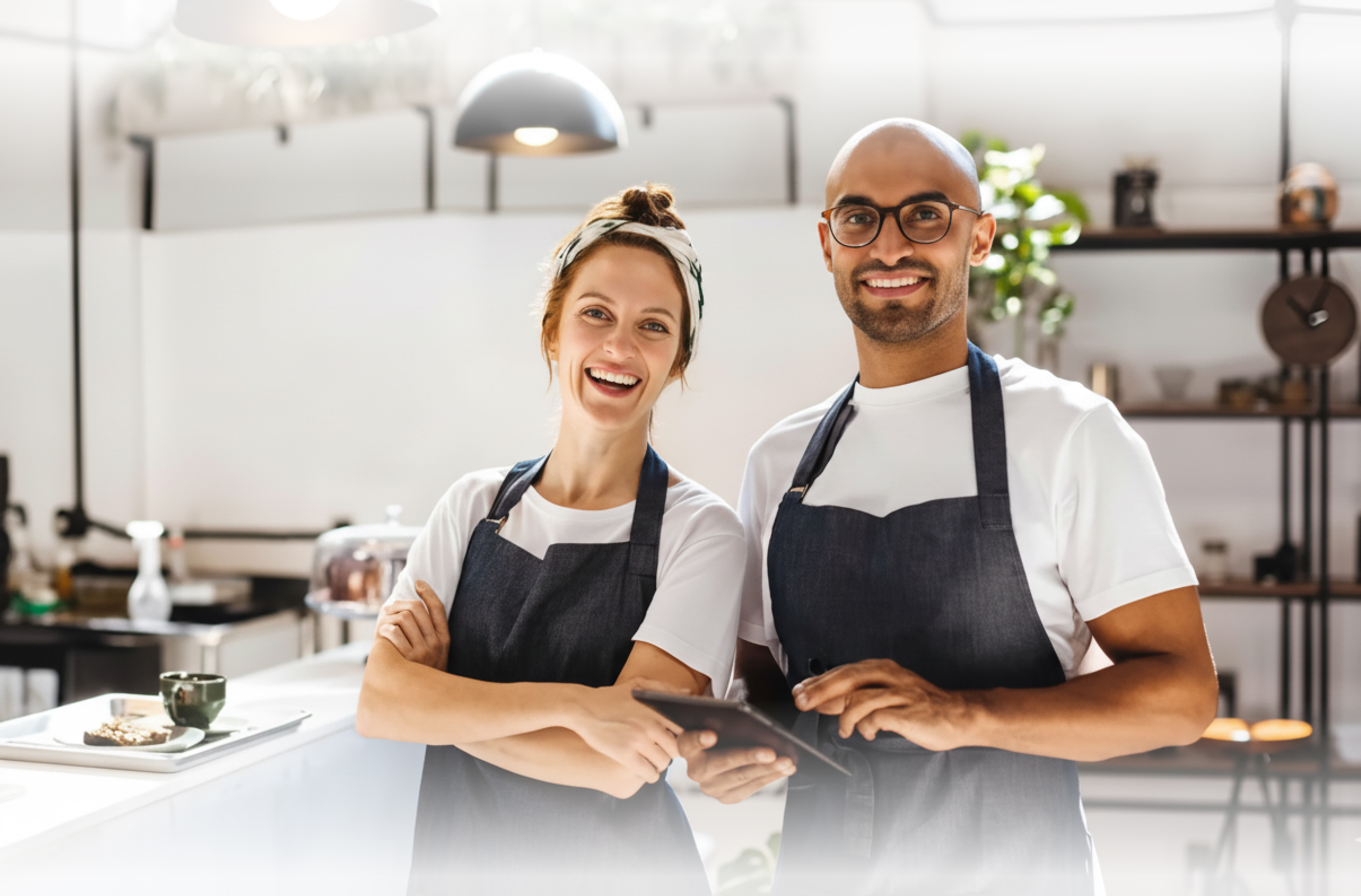Key Takeaways
As government issues stay-at-home orders to keep the outbreak in check, customer behavior is being heavily influenced by the present unprecedented world order. In 2019 the projected industry sales were positioned at $863 billion. In 2018, the average American spent $3,459 annually on food from restaurants or bars, according to the Consumer Expenditure Survey for 2018.
But now, in 2020, dining rooms are no longer functioning and takeaways and deliveries have become pervasive. And with the current speed of transmission, intermittent periods of social distancing may need to persist into 2022. These aren’t easy times for restaurants, with the National Restaurant Association (NRA) announcing that four out of 10 restaurants have closed down, with about $80 billion loss in sales until the end of April.
The only silver lining so far has been the continuing trust customers have put in online deliveries.
According to the NRA, during the period of lockdown in March and April, six in 10 adults ordered takeout or delivery dinner and four in 10 adults ordered takeout or delivery for lunch.
This trend shows that Americans still love to eat food from restaurants, the only thing that has changed is in the way we dine. Online delivery allows people to get their food conveniently while they maintain shelter-in-place orders.
With contactless drop-offs in place now, there’s also minimum contact, thus curbing the spread of the virus. These factors have allowed customers to enjoy the restaurant experience, albeit remotely, during the lockdown period. As they continue to enjoy services in the form of deliveries, customers’ trust in the brand will remain consistent both during and after the pandemic.
Online delivery was already on the upswing before the pandemic, and as we gradually emerge from the current crisis, industry experts anticipate that eat-ins are going to surpass dine-in(s). A Technomic study shows that consumers are continuing to show reluctance with regards to social dining, with 56% of consumers indicating that their return will be stalled by more than a month. This increased further among consumers ages 65 and older.
With online deliveries set to become the norm, restaurant operators need to get creative in the way they provide delivery services in a post-COVID-19 landscape. Here are some tips on how restaurants can make the online ordering process more immersive for their customers.
• Tweak your menu to customer preference: The popularity of comfort foods, family-style, and ready-to-heat meals are currently on the rise, according to a customer survey by Technomic. During the pandemic, customer eating habits have dramatically altered—a shift towards healthy food is a prominent change. So keep your finger on the pulse of these trends and design your menu accordingly.
• Put a face to your brand: Earlier chef-led restaurants were normally associated with fine-dinings. However, expect the emergence of chef-led online delivery brands in the near future. This gives a sense of exclusivity to customers, looking for unique eat-in experiences. It also ensures a much more personal connection.
• Use branded eco-friendly packaging: There are two rationales behind this—first, branded packaging can ensure customer interaction with your restaurant brand even though they’re not dining in. Second, COVID-19 pandemic has made customers much more eco-conscious. For instance, you can offer a reusable carry bag that customers can use for things like grocery shopping instead of plastic bags. This will work towards both brand recognition and inspiring customer loyalty.
• Expand communication on social media: A direct outcome of the pandemic has been the increased use of social media platforms. So if social dining will increasingly lose its sheen, social media is quickly becoming the space where one-on-one interactions and conversations are actively taking place. Use this to your advantage to have personal communications with your customers.
• Leverage customer data: As more restaurants adopt online ordering services, operators can use data to create unique personalized brand experiences and separate themselves from competitors. A good in-house online ordering system is essential for this. In fact, the biggest disadvantage of opting for third party delivery players is that you lose out on valuable data, a crucial asset as the restaurant landscape becomes more tech-oriented in the future.
• Train delivery agents to represent your brand: Since online deliveries tend to detach human interaction, you can train your delivery agents to fill in this aspect. From the way they greet customers to how they convey current campaigns your restaurant is running and how they answer any questions the customer may ask about the food they’ve just ordered—these could be a huge opportunity to relay your brand message. Of course, this applies only after social distancing rules have been lifted. Until then contactless delivery is the way to go.
To conclude, it is a given that online delivery is the future of the restaurant industry. This doesn’t mean that dining-in is going to be obsolete, but eating-in is going to be much more in demand.
As restaurants start to pivot to online delivery, there are also rising tensions between establishments and third-party delivery services. In this case, the loss is for the former to bear.
Not only do they lose revenue due to commissions, but also customer data and run the risk of undermining their own brand identity.
Restaurants who’re moving to online ordering must invest in a robust online ordering system to stay ahead of the curve. It is worth remembering that the online ordering system not only allows restaurants to take online orders but has a host of additional features to offer. These include, but are not limited to,
• Increase in sales volume
• Streamlining operations
• Economizing operational costs
• Improved customer interaction
• Increased visibility on digital platforms
• Free digital marketing
• Real-time data analytics
• More transparency
Restolabs is one of the top products in its category at the moment, offering an all-round online ordering solution. You can get in touch with our customer support for more information.
Frequently Asked Questions
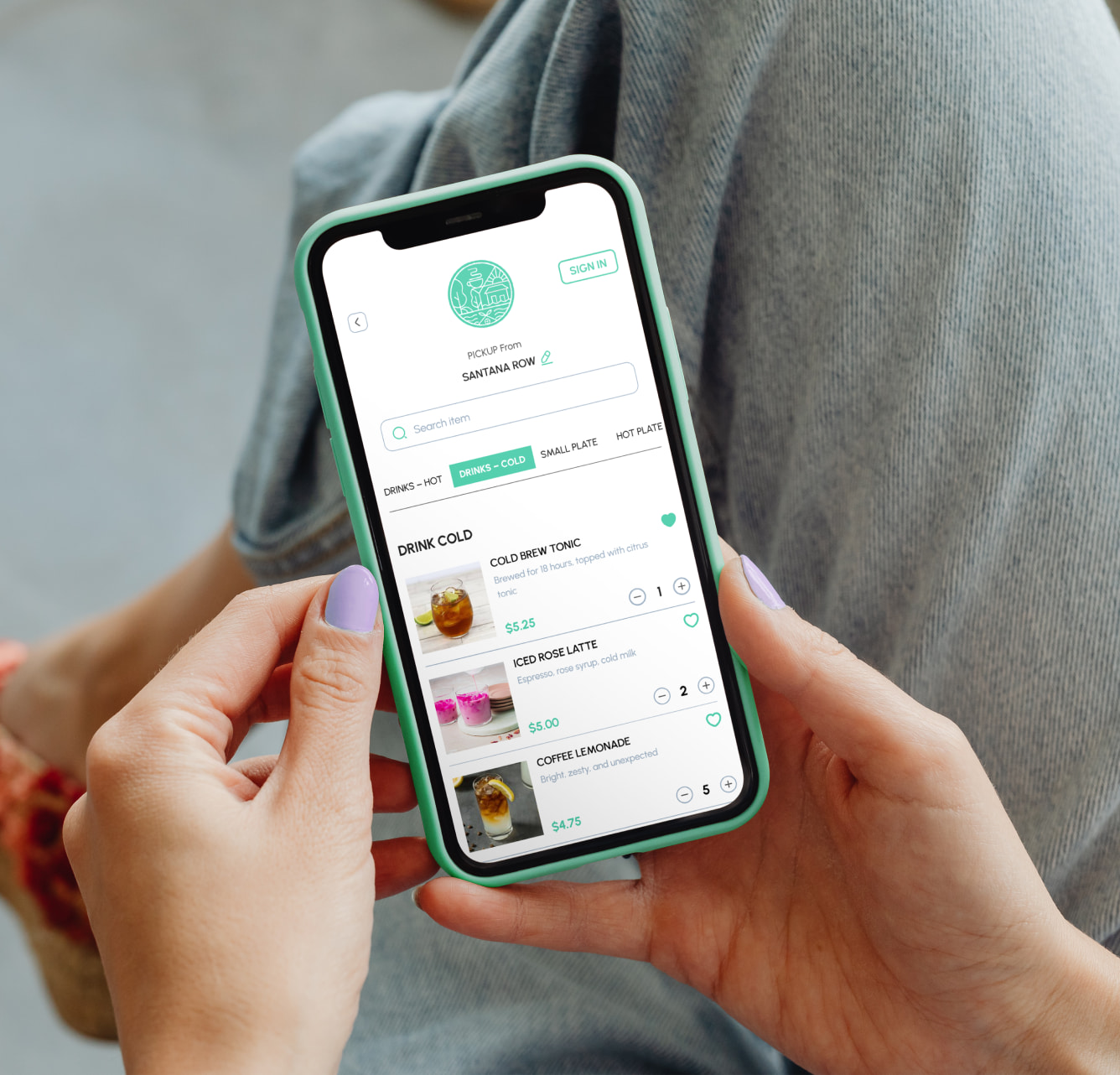

.gif)
.png)

.jpeg)
